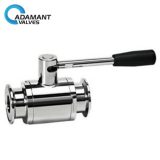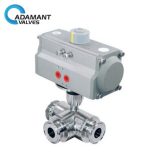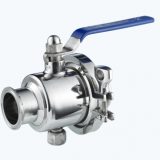Steel plug valve uses a plug with holes as its opening and closing member, rotates around the axis vertical to the channel, achieves the opening and closing of the channel through rotation. The plug rotates with the valve stem to achieve the switch action. The plug of plug valve is mostly cone (there’s also cylinder). It combines with the cone surface of the valve body to form the sealing.
Plug valve is among the valves that are first used. Its structure is simple, opening and closing is quick, fluid resistance is small. Sanitary ball valve also evolves from plug valve. Small, non-stuffed plug valve is also known as “Cork”. Conventional plug valves are sealed by direct contact between precision-machined metal plugs and the valve body, so its sealing performance is relatively poor, opening and closing force is large, easy to wear. Usually, it can only be used in low pressure (no higher than 1MPa) and small diameter (fewer than 100 millimeters) occasions. In order to expand the scope of application of the plug valve, a number of new structures have been developed. Oil lubrication plug valve is the most important one among them. From the top of the plug, special lubricant grease is poured into the space between the valve body cone hole and the plug, forming oil film to reduce the opening and closing torque, which improves the sealing performance and the service life. Its working pressure can be up to 6.4MPa, the maximum operating temperature up to 325°C.



